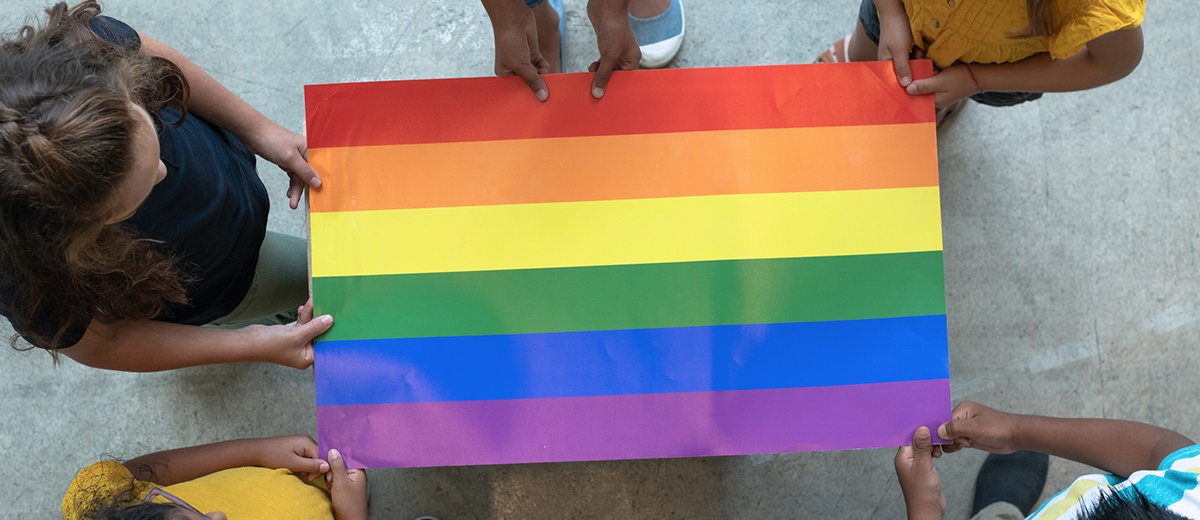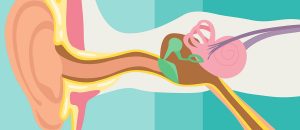A trip to the school nurse office should not only offer physical healing, but also mental support. We know that nurses can provide an ice pack, a temperature check, or a bandage, but what else can they do to help a child feel cared for?
When it comes to supporting LGBTQ+ youth, education is key. Read below for helpful information on the LGBTQ+ community and how you can offer assistance as a school nurse.
Understanding the Terms
Before you can understand the experiences of LGBTQ+ youth and how to support them, it’s vital to know and use the correct terminology when talking about gender and sexual orientation. Below is a list of key terms to know from Welcoming Schools.
- LGBTQ: Acronym for lesbian, gay, bisexual, transgender and queer.
- Lesbian: People who love people of the same gender, specifically for women.
- Gay: People who love people of the same gender.
- Bisexual: People who love people of more than one gender.
- Transgender: When your gender identity (how you feel) is different than what doctors/midwives assigned to you when you were born.
- Queer: People use this word as a way to identify with and celebrate people of all gender identities and all the ways people love each other.
- Heterosexual:People who identify as women who only love people who identify as men. And vice versa - people who identify as men who only love people who identify as women.
- Pansexual: People who love people of any gender.
- Sexual Orientation:Who you love or are attracted to.
There are many more terms that are important to know. To read the full list of definitions and additional tips from Welcoming Schools, click here.
A Note About the “Plus+”
According to Verywell Mind, the “plus” in the LGBTQ+ acronym represents all of the gender identities and sexual orientations that are not specifically covered by the other five initials. Many advocates argue that the addition of the “plus” is important in order to communicate the diversity of people in the community.
Facts About LGBTQ+ Youth
When children (and adults) are unaware of the above terms, they can often be misused in hurtful ways, whether intentionally or not. As LGBTQ+ youth are adapting to their own identity, in addition to adjusting to all the other aspects of growing up, they can feel easily misunderstood and isolated. According to the Centers for Disease Control, LGBTQ+ youth experience an elevated risk of negative health and mental health outcomes. Specifically, the CDC states that:
About 1/3 of LGBTQ+ youth are bullied at school
- 47% of LGBTQ+ youth have seriously considered suicide
- 16% of LGBTQ+ youth experience sexual dating violence
These statistics are staggering and reveal that LGBTQ+ youth may need additional support in the school setting to combat bullying and protect their mental and physical health.
How to Support LGBTQ+ Youth
As a school nurse, here are a few ways you can support your LGBTQ+ students:
- Post signage in your health office that encourage positivity, self-expression and safe spaces.
- Rethink practices that reinforce the gender norms. For example, say, “Good morning, everyone!” instead of, “Good morning, boys and girls!” (Source)
- Understand and use the correct terms (see above) and encourage students to do the same.
- If an LGBTQ+ student is feeling isolated, recommend clubs and organizations within the school that students can join to learn more and feel supported by their peers.
When LGBTQ+ students visit your office and feel seen and understood for who they are, it will go a long way in boosting their self-esteem. One person can make a big difference in the life of someone else, and leading by example will help show the staff and students at your school how they can be a better support to others.
To shop MacGill’s selection of posters and signage, click here.
To shop MacGill’s selection of educational materials, click here.





